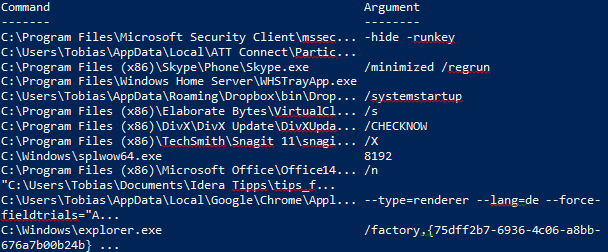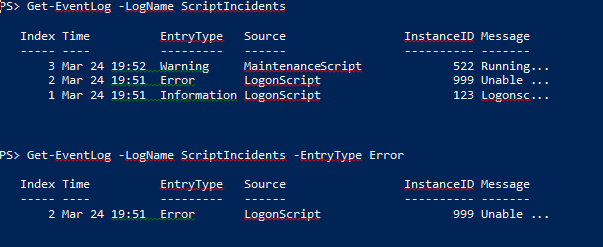PowerShell 技能连载 - 查找缺省的 MAPI 客户端
您机器上的 MAPI 客户端就是处理类似“mailto:” URL 的缺省电子邮件客户端。我们设计一个函数来查找是否有 MAPI 客户端,如果有的话,查看具体是哪一个。该函数从 Windows 注册表中获取这项信息:
function Get-MAPIClient
{
function Remove-Argument
{
param
(
$CommandLine
)
$divider = ' '
if ($CommandLine.StartsWith('"'))
{
$divider = '"'
$CommandLine = $CommandLine.SubString(1)
}
$CommandLine.Split($divider)[0]
}
$path = 'Registry::HKEY_CLASSES_ROOT\mailto\shell\open\command'
# create new object to return values
$returnValue = 1 | Select-Object -Property HasMapiClient, Path, MailTo
$returnValue.hasMAPIClient = Test-Path -Path $path
if ($returnValue.hasMAPIClient)
{
$values = Get-ItemProperty -Path $path
$returnValue.MailTo = $values.'(default)'
$returnValue.Path = Remove-Argument $returnValue.MailTo
if ((Test-Path -Path $returnValue.Path) -eq $false)
{
$returnValue.hasMAPIClient = $true
}
}
$returnValue
}
Get-MAPIClient
以下是使用结果:








